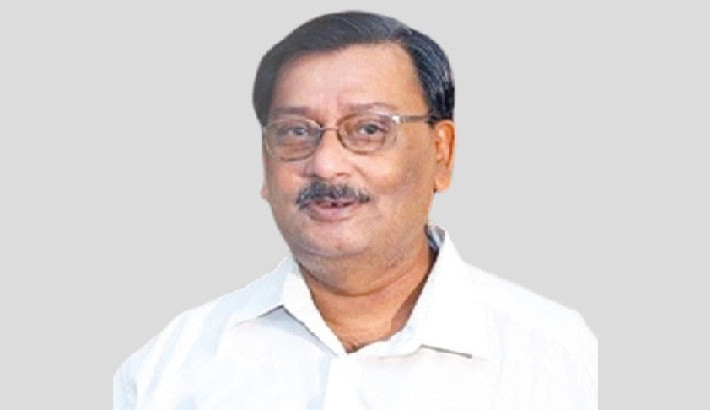Key Issues Will Determine Outcome of 18th Lok Sabha Election of India
Gautam Lahiri
Published: 19 Mar 2024

The Election Commission of India has announced the schedule of General Elections that will be held in seven phases and for more than four months, starting from 19 April to 1 June. Vote-counting will be on 4 June. It will be the longest general election since the first poll of independent India in 1951-52. The political discourse of India has been centring on mainly more than ten broad issues, which are likely to determine the coming poll results.
Prime Minister Narendra Modi has, as a key poll plank, promised to make India a ‘Viksit Bharat’ by 2047. Despite this, the ruling BJP’s Hindutva ideology is setting the agenda of the coming poll to polarise the electorate on religious lines to reach out to the majority Hindu community of the country.
One of the main issues was establishing the Ram Temple on the site of the demolished Babri Masjid in Ayodhya. Last January, Prime Minister Modi himself inaugurated the temple in a grand ceremony where all top industrialists, famous Bollywood film actors, sports celebrities and religious leaders were present.
Key Issues Will Determine Outcome of 18th Lok Sabha Election of IndiaJust on the eve of the announcement of Lok Sabha polls, the Union Government implemented the controversial Citizenship Amendment Act granting citizenship to ‘persecuted’ Hindus, Christians, Sikhs, Jains and Persis who had taken shelter in India from neighbouring countries.
In a deliberate design to send a message to the majority community, Muslims, are left out. Apart from this, the abrogation of Article 370 of the Constitution, which gave a special status to Jammu and Kashmir, was also a testament to fulfilling the long-time demand of Rashtriya Swayamsevak Sangh (RSS), the mother organisation of BJP.
Since independence, RSS has demanded scrapping of Article 370 from the constitution of India. This policy of the Modi government is claimed to be a cultural revival of ‘Hindu civilisation’.
While a visible distrust among the partners is seen within the opposition INDIA alliance, Modi, along with a strong ideological pitch, has formed a pan-India political alliance with many regional parties that left the BJP coalition earlier.
Modi has successfully brought back the Nitish Kumar-led JD(U) of Bihar and the Telugu Desam Party of Andhra. One of the two factions of the recently divided Shiv Sena of Maharashtra has also allied with BJP. Similarly, another party NCP led by veteran Maratha Leader Sharad Pawar was also divided and a dissident faction joined the BJP alliance.
BJP has been able to break the alliance of regional parties in Uttar Pradesh and forged an alliance with Rashtriya Lok Dal formed by former Prime Minister and respected farmer leader Chaudhary Charan Singh. To get their support, the Modi government conferred the highest civilian award Bharat Ratna to the late leader.
In the southern state of Karnataka, the regional party JD(S) led by former HD Deve Gowda was ideologically opposed to BJP. But this year, Modi has been able to rope in JD(S) into the NDA alliance.
The opposition camp led by Congress is slowly firming up their seat-sharing arrangement. In West Bengal, TMC led by Mamata Banerjee opted out from the Congress alliance and decided to contest alone in all constituencies. It is a jolt in the fight against the BJP.
However, Congress has firmed up seat adjustments with almost all their former allies of the United Progressive Alliance (UPA), which ruled the country for consecutive two terms of ten years. DMK led by Chief Minister M K Stalin, Sharad Pawar-led faction of NCP, Shiv Sena led by Uddhav Thackeray and Rashtriya Janata Dal of Bihar led by Lalu Prasad Yadav agreed to stay with Congress. It is the first time the Congress has successfully reached a deal with the Samajwadi Party of Uttar Pradesh and the Aam Aadmi Party of Arvind Kejriwal in Delhi and Gujarat.
While the BJP is banking on the image of Prime Minister Modi, opposition parties are trying to raise issues like inflation, unemployment and economic crisis, which affect daily life. The only problem with the opposition is that they could not project any leader who could match the image of Prime Minister Modi. Rahul Gandhi is interested in leading the alliance. For this reason, the opposition is trying to project this general election as Modi versus the ‘people of India’. Whether this campaign finds resonance in the minds of the people is to be seen when the EVMs will be opened on 4 June.
_________________________________
The writer is an Indian journalist

